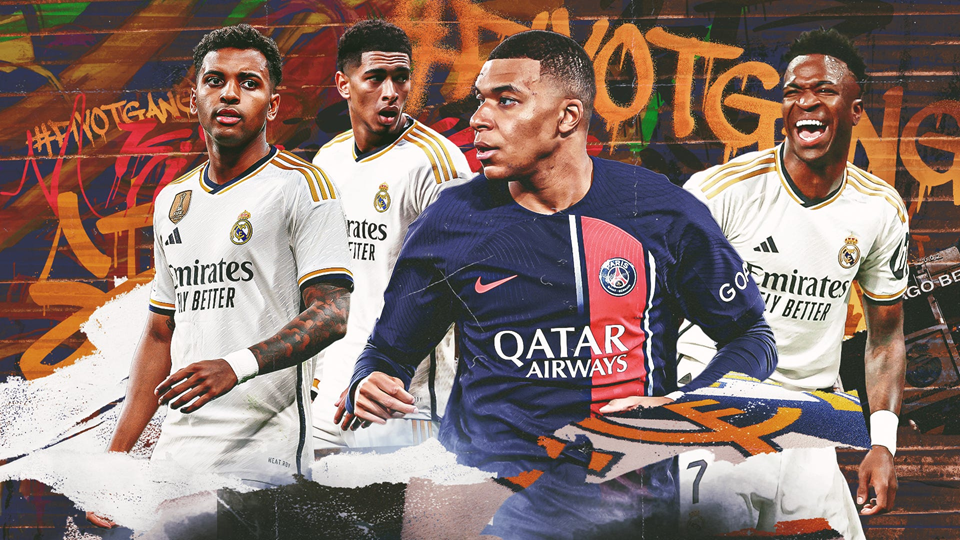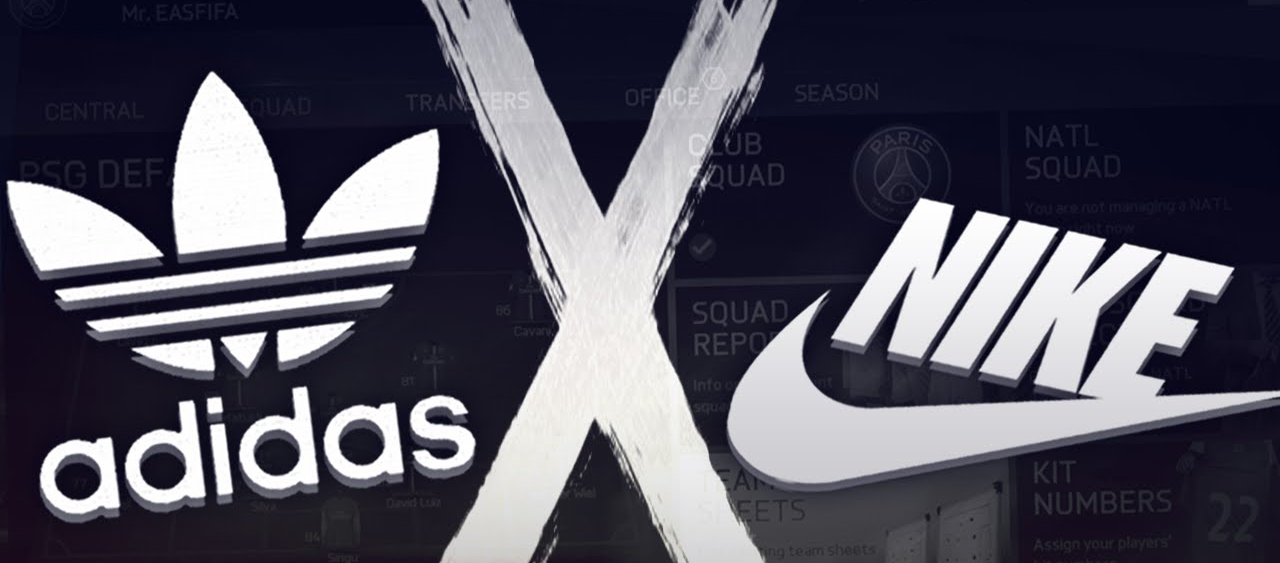Jersey prices keep rising
Premier League fans are outraged by skyrocketing jersey prices for the 2023/24 season, as 10 clubs have announced price increases of 9-14% compared to the previous season.
The most expensive jerseys belong to Manchester United, Arsenal, and Fulham, with the retail price for the home jersey being £80. But this is just the basic version, and if you want the official badge, name, and number, the cost will skyrocket to an astonishing £100.
According to Dr. Peter Rohlmann, a sports marketing expert, a typical jersey worth £80 only costs £8 to produce. This cost includes materials, labor (usually in Asia), and shipping to Europe. This figure represents just 10% of the retail price.

So where does the remaining 90% go?
– Retail costs: Retailers, usually the clubs themselves, typically receive about £26.4 for each jersey. This amount covers the operating costs related to selling merchandise, including rent, labor, utilities, etc.
– Production management: The brands that produce the jerseys, such as Adidas or Nike, receive a substantial amount of £23.5. This amount includes design, development, quality management, marketing investment, and some profit.
– Tax: Value-added tax (VAT) accounts for about £13.3.
– Club revenue (license fee): The clubs themselves only receive a relatively modest license fee of £4.8 per jersey. But this seemingly small amount is only part of the bigger picture.
– Marketing and distribution: Additional expenses include £2.4 for marketing and £1.6 for domestic distribution, ensuring the jerseys reach the hands of fans.
The game of giants
Clubs often claim that the clothing brands are the ones deciding the prices, with giants like Adidas, Nike, and Puma playing a dominant role in setting industry standards.
But the clubs are not entirely innocent in this price hike story, as the football jersey industry operates primarily on a licensing model. Instead of manufacturing and distributing the jerseys themselves, the clubs have licensed brands like Adidas to exchange for license fees and other financial benefits.

As for Adidas and Nike, these brands are responsible for design, development, marketing, and global distribution, which allows them to retain a significant portion of profit. Massive investments in the supply chain have enabled Adidas and Nike to establish price levels and dominate overall profitability ratios.
The ultimate winner
In financial terms, Adidas and Nike appear to be the big winners in this deal, with a dominant market share and significant net profit. These brands have leveraged their global network, brand influence, and marketing capabilities to capture the majority of revenue.
As of 2023, Adidas and Nike hold over 70% of the global sports apparel market (source: Statista). In the football jersey segment, Adidas and Nike account for an estimated market share surpassing 80%.
Moreover, the enormous order volumes allow Adidas and Nike to benefit from economies of scale, reducing production costs and increasing profitability. In 2022, Adidas reported €21.4 billion in revenue and €1.9 billion in net profit, while Nike reported $46.7 billion in revenue and $6.7 billion in net income.

Although they don’t directly capture the majority of jersey profits, clubs still benefit from the extensive reach of global brands like Nike and Adidas.
Collaborating with sportswear giants also enhances the clubs’ reputation and fan base, thereby increasing their ability to attract sponsorship deals and ultimately drive long-term revenue.
Take the deal between Manchester United and Adidas in 2014, when Adidas signed a £750 million contract for 10 years with Manchester United. This ensured the club a significant income regardless of jersey sales, while also strengthening the global reach of both parties through coordinated marketing campaigns.
Notably, Liverpool FC’s £150 million, 5-year deal with Nike. Although it is lower than the previous £45 million per year under New Balance, Liverpool FC will receive a 20% royalty on sales revenue.
The report “Financial and Investment Landscape of European Clubs” revealed that Liverpool FC earned £113.1 million from jersey and merchandise sales in the 2022/23 season and £117.3 million in the 2021/22 season, ranking fifth globally.
Thanh Sang





































